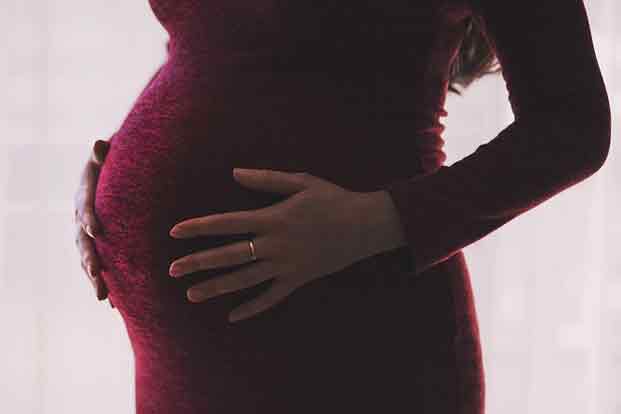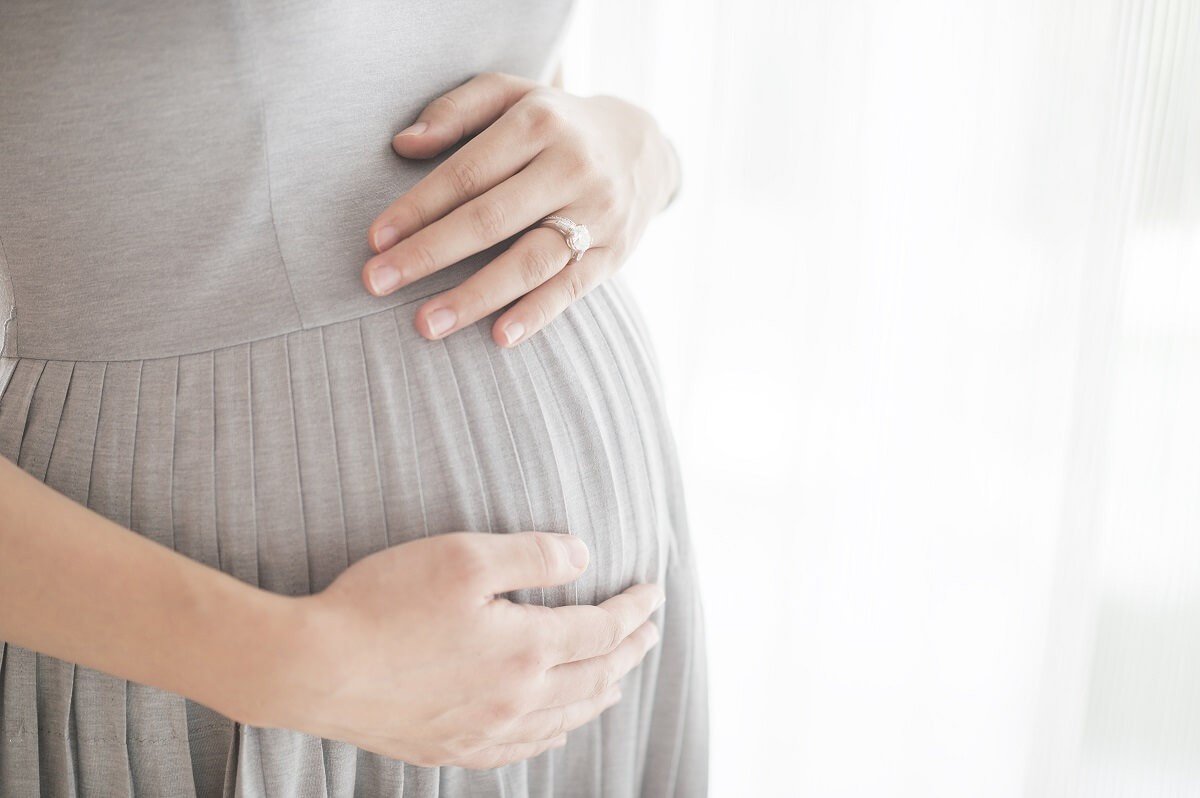Categories
- Bariatric Surgery (11)
- Black Fungus (5)
- Bone Marrow transplant (3)
- Brain Tumor Surgery Navigation Technology (20)
- Cardiac Surgery (66)
- Cardiology (97)
- Computer navigation technology for joint replacements (20)
- Covid Vaccination (17)
- Critical Care (2)
- Dental (19)
- Dermatology (31)
- Dialysis Support Group - “UTSAAH” (11)
- Dietitian (33)
- Emergency Medicine (4)
- Emotional Health (11)
- Endocrinology (33)
- ENT (20)
- Gastroenterology and GI Surgery (53)
- General and Laparoscopic Surgery (21)
- General Surgery (4)
- Gynecology & Obstetrics (183)
- Hematology (20)
- Internal Medicine (294)
- Kidney Transplant (50)
- Kidney Transplantation (20)
- Lung Cancer (8)
- Minimal Invasive Surgery (1)
- Mother & Child (20)
- mucormycosis (5)
- Nephrology (61)
- Neurology (147)
- Neurosurgery (68)
- Nutrition and Dietetics (107)
- Omicron Variant (1)
- Oncology (288)
- Ophthalmology (10)
- Orthopaedics & Joint Replacement (86)
- Paediatrics (59)
- Pediatric Nephrology (3)
- Physiotherapy (5)
- Plastic & Reconstructive Surgery (6)
- Psychiatry and Psychology (90)
- Psychologist (28)
- Pulmonology (72)
- Rheumatology (13)
- Spine Services (21)
- Transradial Angioplasty (16)
- Urology (84)
Query Form
Posted on Apr 19, 2022
Maternal Hemodynamics
A woman’s body goes through numerous changes during pregnancy. A pregnant woman’s body is carrying another living being inside and the same starts to affect her. The question that usually troubles all pregnant women is how and when will they get back to their earlier shape. Will the change be gradual or sudden? This change in pregnancy is called – Maternal Hemodynamics.

Major adaptations in maternal anatomy, physiology and metabolism are required for a successful pregnancy. Although these changes are profound and affect nearly every organ system, women return to the nongravid state with minimal residual changes.
Finally many women may tire of repetitive reassurance that ” it is simply normal and of no concern”.
Some changes that pregnant women should be aware of:
- The increase in total body water of 6.5 to 8.5 litres by the end of gestation represents one of the most significant adaptations of pregnancy.
- A series of adaptive mechanisms are activated as early as 5weeks of gestation to maximize oxygen delivery to maternal and fetal tissues
- The combination of displacement of the diaphragm and effect of pregnancy on the shape of the rib cage displaces the heart upwards and to the left.
- There is tremendous increase in cardiac output, however 5 to 10% of gravidas manifest supine hypotension with symptoms of dizziness, lightheadedness, nausea and even syncope.
- Normal symptoms that can mimic cardiac disease include decreased exercise tolerance, fatigue, and occasional shortness of breath, syncope and chest discomfort.
- Symptoms that should not be attributed to pregnancy and need a more thorough investigation include hemoptysis , chest pain with exertion, progressive breathing difficulty even on rest and syncopal attacks.
The profound functional changes in cardiac function reach a crescendo during the labour process.In the immediate postpartum period (10 to 30 minutes after delivery,) cardiac output reaches its maximum. Over the next 2 to 4 weeks post partum, the cardiac hemodynamic parameters return to near preconceptional levels.



